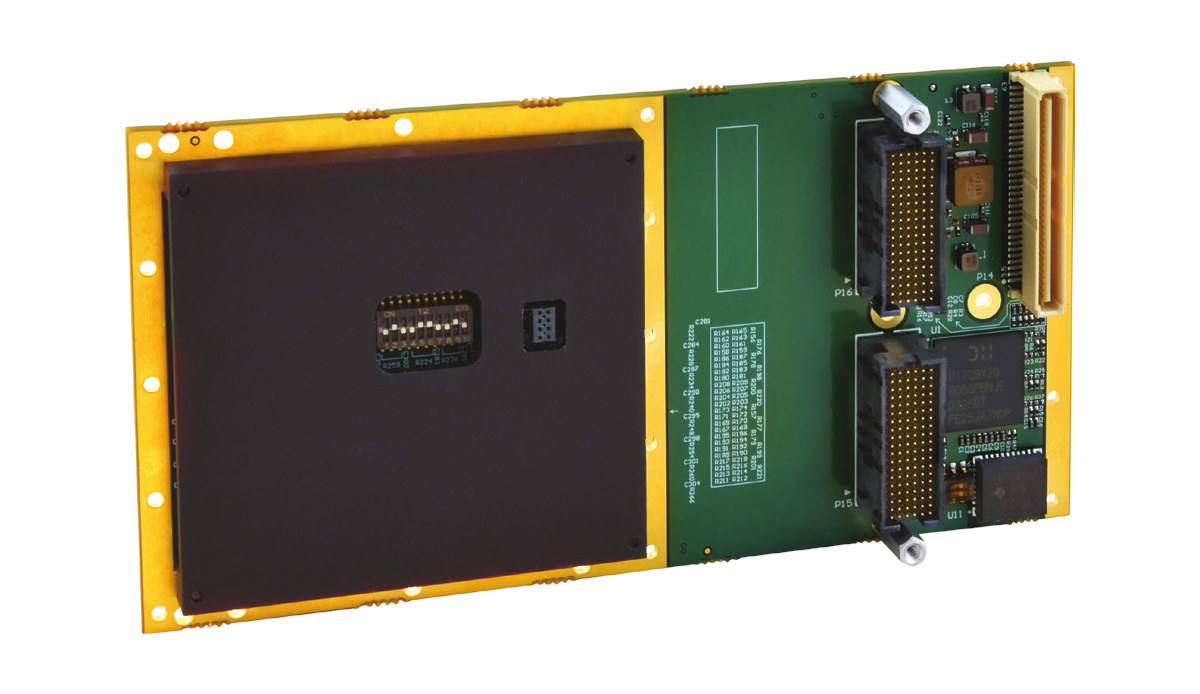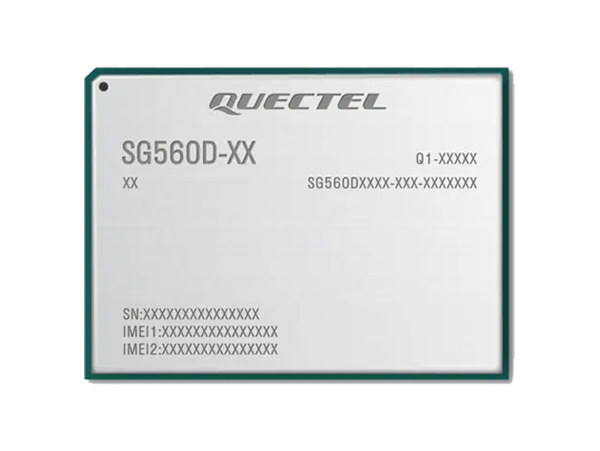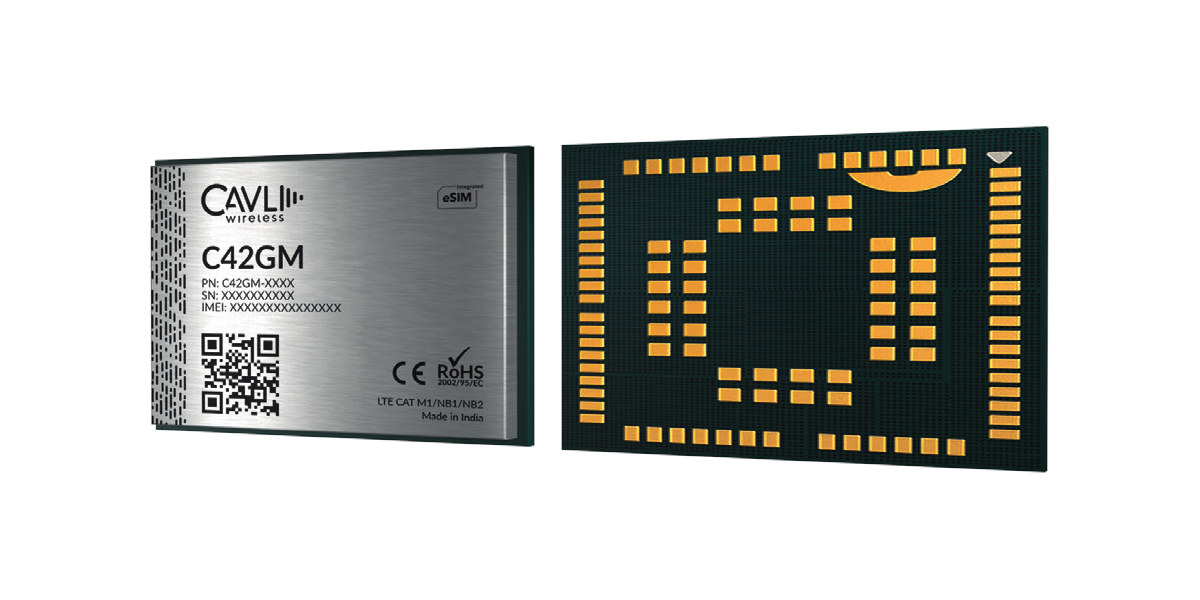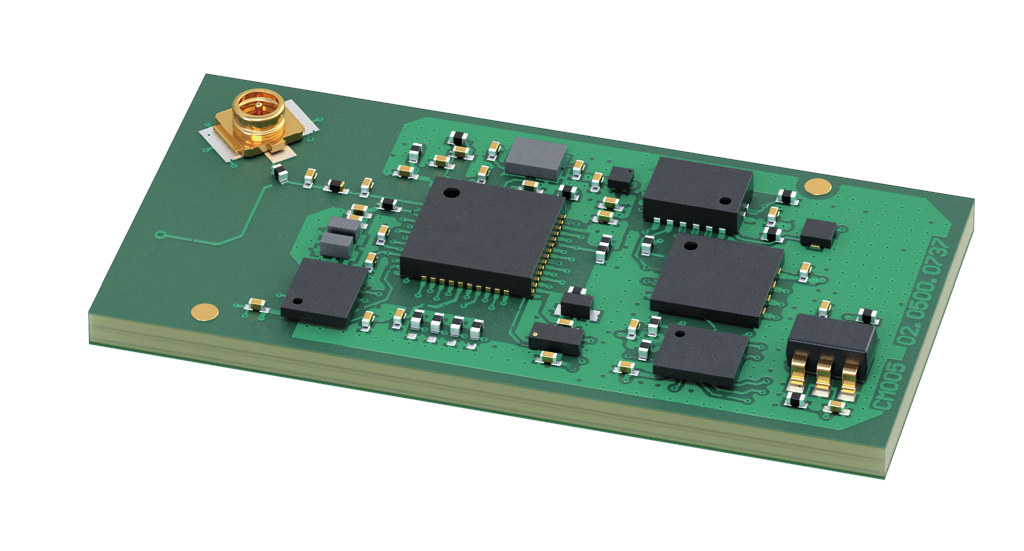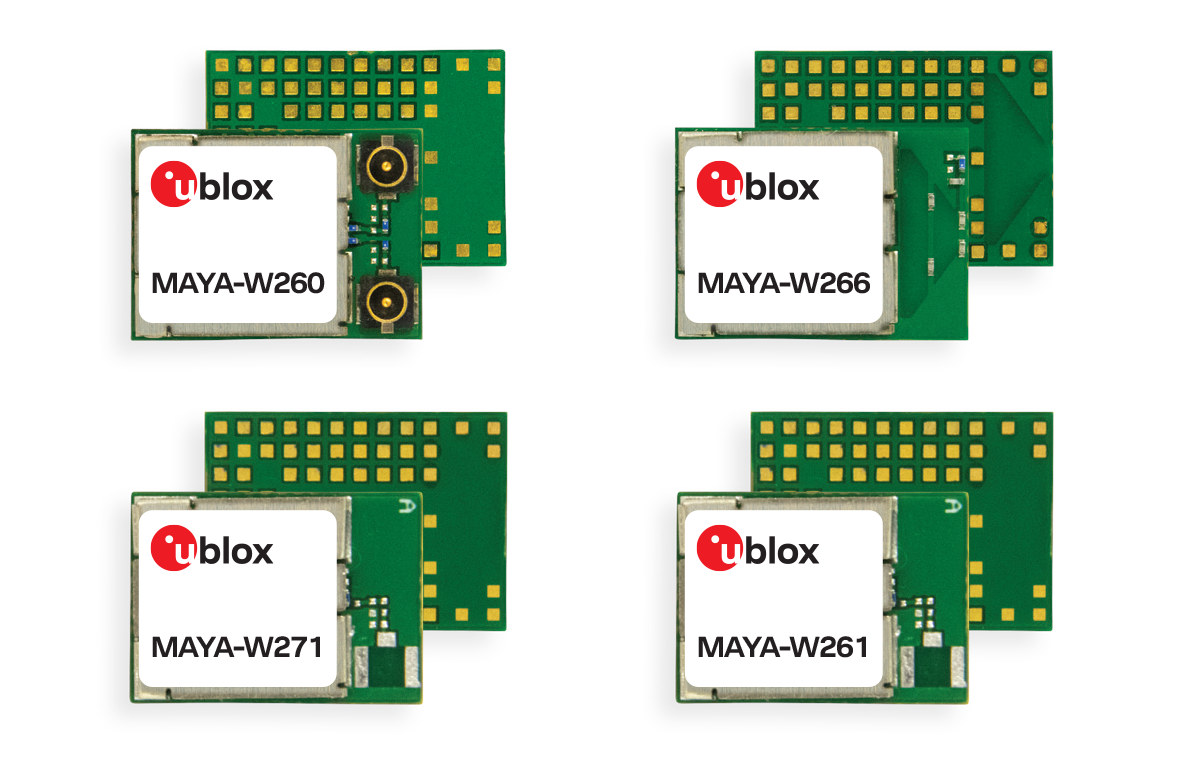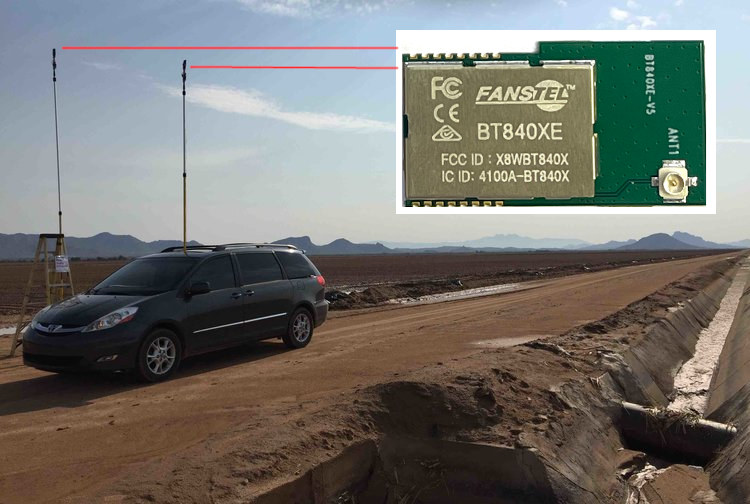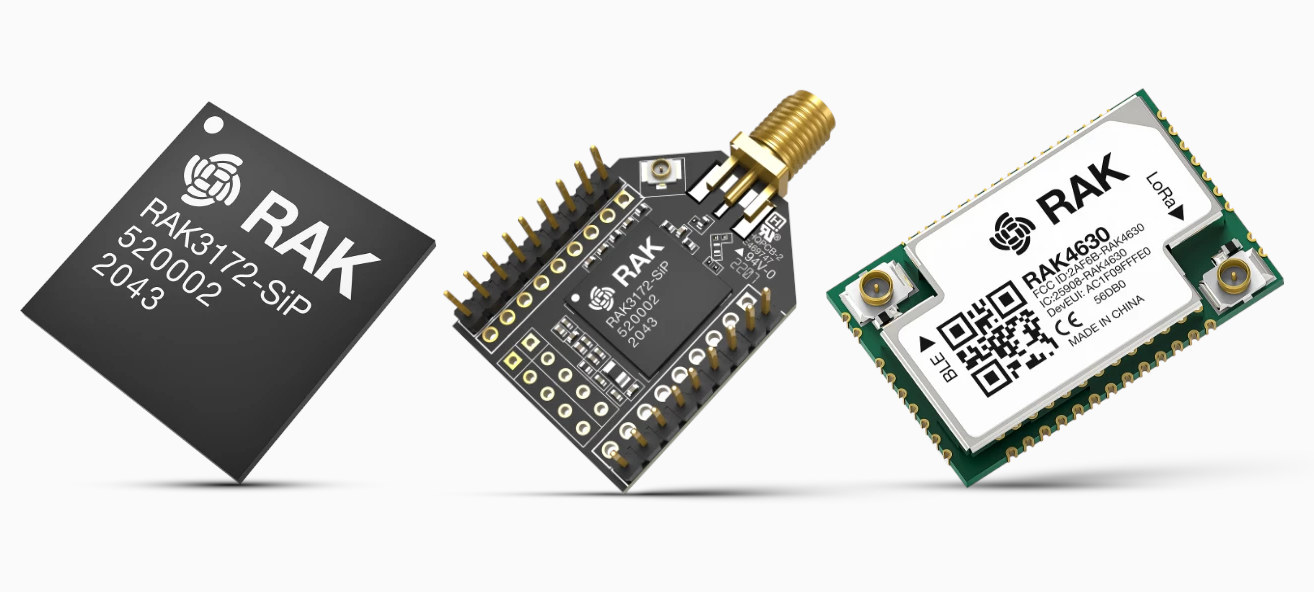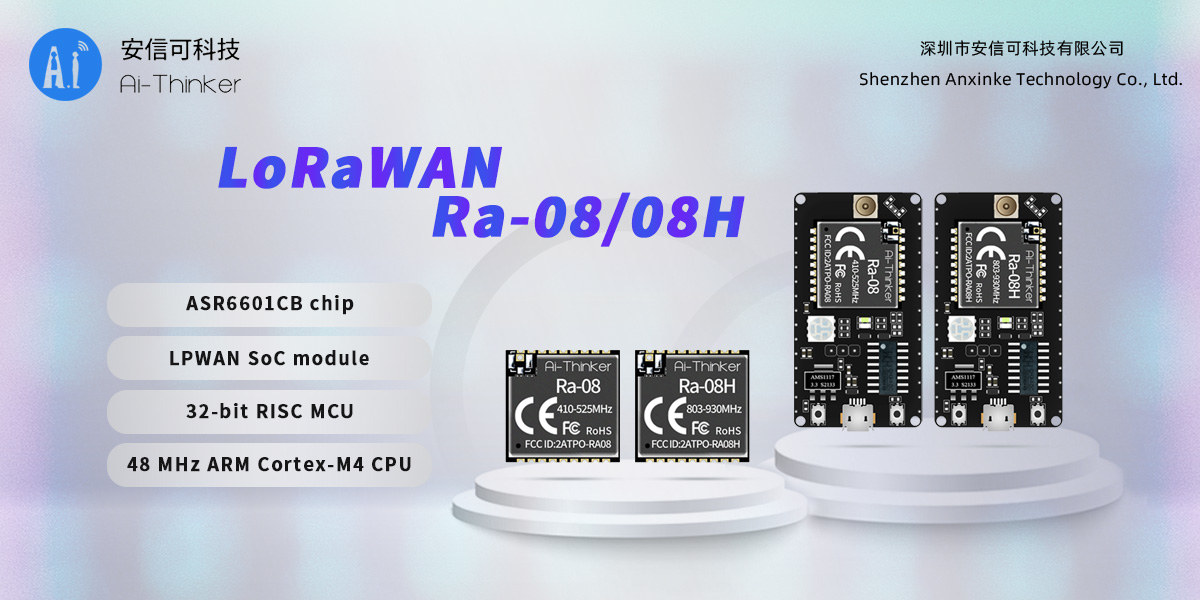Acromag XMC-7A50-AP323 is an XMC (Switched Mezzanine Card) module based on a Xilinx Artix-7 FPGA with 48 TTL I/O channels plus a 16-bit ADC for 20 differential or 40 single-ended analog inputs. Designed for commercial off-the-shelf (COSTS) applications, Acromag XMC modules are RoHS compliant, and suitable for automation applications, scientific development labs, as well as aerospace and military applications. Acromag XMC-7A50-AP323 module specifications: FPGA – AMD Xilinx Artix-7 (XC7A050) FPGA with 52,160 logic cells, 65,200 Flip flops, 2,700 kb block RAM, 120 DSP slices Storage – 32Mbit QSPI flash memory FPGA Digital I/O 48x I/O channels controlled in groups of eight channels, 5V tolerant TTL, RS485, and LVDS interface options: Build Option A: 24x EIA-485/422 channels Build Option B: 24x TTL and 12x EIA-485/422 channels Build Option C: 24x LVDS channels Analog Input 20 differential or 40 single-ended inputs Flexible scan control 16-bit A/D resolution 8μs conversion time FIFO buffer […]
Quectel SG560D 5G & WiFi 6E module runs Android 12, targets AIoT applications
Quectel SG560D is a 5G Sub-6GHz & WiFi 6E module for AIoT applications that runs Android 12 on a Qualcomm QCM6490 SoC with an octa-core Kryo 670 64-bit Arm CPU and a Qualcomm Adreno 643L GPU. The SG560D module is equipped with 4GB LPDDR4X RAM and 64GB UFS storage by default, supports up to 2520×1080 MIPI display at a refresh rate of 144Hz, and can deliver up to 14 TOPS for AI inference. Quectel SG560D key features and specifications: SoC – Qualcomm QCM6490 octa-core processor with one Kryo 670 Gold plus high-performance core up to 2.7 GHz, 3x Kryo Gold cores at 2.4 GHz, 4x Kryo Silver low-power cores @ 1.9 GHz, Adreno 643L GPU, 6th gen AI Engine delivering up to 14 TOPS, up to 4Kp30 H.265/H.264 video encode, 4Kp60 video decode; 6nm process. System Memory – 4GB LPDDR4X by default Storage – 64GB UFS flash by default Display […]
Cavli Wireless C42GM module offers cellular IoT and Sigfox connectivity, optional GNSS and CAN Bus
Selecting an LPWAN IoT module usually means selecting a particular LPWAN standard, but Cavli Wireless C42GM global IoT module combines LTE Cat M1 and NB-IoT (NB1/NB2) cellular IoT connectivity with Sigfox for “use cases that need the hybrid LPWAN approach”. The module also comes with optional GNSS for asset tracking and/or time synchronization and there’s also a variant that adds CAN FD wired communication. The C42GM module can also be fitted with an eSIM (embedded SIM) pre-loaded global connectivity. C42GM module specifications: LPWAN Cellular (NB-IoT and eMTC) Bands Supported – LTE Bands: B1/B2/B3/B4/B5/B8/B12/ B13/B18/B19/B20/B25/B26/B28/B66 3GPP Release: LTE 3GPP E-UTRA Release 13 CAT M1/NB1/NB2 (Upgradable to Release 14) Download & Uplink Speed LTE Cat M1 – 1119Kbps (UL), 588Kbps (DL) NB1 – 60Kbps (UL), 20Kbps (DL) NB2 – 158.5Kbps (UL), 127Kbps (DL) Optional eSIM Optional Sigfox GNSS – GPS, GLONASS, Beidou I/Os – 1x USB2.0, 2x UART, 1x USIM, 9x GPIO, […]
OSM Size-0 solder-on LGA module comes with ESP32 WiFi & BLE MCU
German embedded systems company iesy’s ESP32 OSM-0F is an ESP32-based solder-on LGA system-on-module that complies with SGET OSM Size-0 (30x15mm) form factor, offers WiFi and Bluetooth connectivity, and more. The SGET Open Standard Module (OSM) standard defines four module sizes, namely Size-0 (30x15mm), Size-S (30x30mm), Size-M (45x30mm), and Size-L (45x45mm), and all the modules we’ve covered so far were powered by a Linux-capable processor. But it’s more challenging, albeit not impossible, to design a Linux-capable OSM Size-0 module, and that form factor is better suited to microcontroller-class chips like ESP32. (Technically, ESP32 can run Linux, but it’s more for show that any practical applications) ESP32 OSM-0F specifications: Microcontroller – Espressif ESP32 dual-core Xtensa LX6 MCU @ 240 MHz with 512KB RAM, Wi-Fi 802.11 b/g/n and Bluetooth/BLE Storage – 32 Mbit SPI flash Antenna – u.FL connector 188 LGA contact points with Storage – SDIO Networking – 1x 10/100M Ethernet (RMII), […]
u-blox MAYA-W2 IoT module offers dual-band WiFi 6, Bluetooth LE 5.2, and Zigbee/Thread connectivity
u-blox MAYA-W2 is a tri-radio IoT module supporting dual-band WiFi 6, Bluetooth Low Energy 5.2, and IEEE 802.15.4 (Thread and Zigbee) connectivity based on the NXP IW612 or IW611 chipset introduced last January. The module is offered with a PCB antenna, u.FL connectors, and/or antenna pins, supports up to 600 Mbps link speed, and targets industrial and consumer mass-market applications in industrial automation, smart building & energy management, healthcare, smart home, and more. u-blox MAYA-W2 highlights: Wi-Fi 6 802.11ax dual-band 2.4 and 5 GHz Up to 600 Mbit/s throughput Output power EIRP – 18 dBm Operation modes: Access point (up to 16 stations), station, Wi-Fi direct (combinations) Bluetooth 5.2 Dual-mode Bluetooth classic and Bluetooth Low Energy 5.2 LE Audio Output power EIRP – 20 dBM Bluetooth profiles and services – Bluetooth HCI 802.15.4 radio for Thread and Zigbee Support for the Matter protocol Variants with PCB-antenna, U.FL connectors, and antenna […]
Nordic Semi nRF52840 Bluetooth 5.2 LE module achieves over 10 km range
Fanstel BT840XE is an nRF52840 Bluetooth 5.2 LE module with a power amplifier designed for transmission at over 4500 meters, and some deployments with two BT840XE modules and 0Dbi antennas even reach over 10 km. At home, I can use my Bluetooth headset about 6 to 8 meters from my phone before the audio starts cutting, and most Bluetooth devices have an advertised 10-meter range, although Bluetooth class 2 devices could transmit up to 100 meters away. But with Bluetooth 5, the wireless standard improvement meant it was not possible to get four times the range, and/or some further extended the range of their hardware with a power amplifier as we’ve seen with the RFCat N32 board a few years ago. Last week, I got contacted by a company called RF Star about a Texas Instruments CC2652P multi-protocol mobile with PA (power amplifier) that could achieve a range of 500 […]
RAKwireless adds more Wisduo and Wisblock modules, launches WisToolBox configuration tool for IoT devices
RAKwireless have launched several Wisduo wireless modules, a dozen of Wisblock modules for IoT prototyping, updated WisDM, WisGateOS, and RUI3 software, and introduced WisToolBox mobile/desktop configuration tool for IoT devices as part of their spring launch 2022 even entitled “Empowering the Innovators: Making IoT your own”. Three new Wisduo modules RAK3172-SIP WisDuo SIP based on STM32WLE5 Wireless SoC with LoRa connectivity. Compared to the original RAK3172, it offers more IO pins, integrates a TCXO, and comes in a smaller size. The module supports LoRa P2P and complies with Class A, B, & C of LoRaWAN 1.0.3 specifications. Cost: $5.99. WisDuo RAK3272-SiP – That’s a breakout board for the RAK3172-SiP System-in-a-Package module for LoRaWAN and allows easy access to all pins via 2.54mm pitch headers. RAK4630 WisDuo Stamp Module – This module supports both LoRa/LoRaWAN and BLE 5.0, and comes with RUI V3 (RUI3) firmware. It can be deployed as an […]
Ai-Thinker Ra-08 LoRaWAN module features ASR6601 chip (Sponsored)
Ai-Thinker Ra-08/08H are new LoRaWAN modules based on ASR Microelectronics ASR6601 module featuring a 48MHz ARM Cortex M4 microcontroller and Semtech SX1262 transceiver allowing long-range, low power communication for the Internet of Things. Both LoRaWAN modules share most of the same specifications, but the Ra-08 module operates in the 410-525MHz frequency band, while the Ra-08H module works in the widely used 803MHz to 930MHz band. Ai-Thinker also provides a development kit for each module. Ai-Thinker Ra-08/Rs-08H key features and specifications: Programmable embedded Arm Cortex-M4 MCU with 128 KB of Flash and 16 KB of SRAM LoRa radio Sensitivity – -138 dBm @ SF12/125KHz Tx power – Up to +22dBm Frequencies Ra-08 – 410 MHz to 525 MHz Ra-07H – 803 MHz to 930 MHz Spread spectrum factor – SF5, SF6, SF7, SF8, SF9, SF10, SF11, SF12 LoRa, (G)FSK, BPSK, and (G)MSK modulation Bit rate up to 62.5 Kbps in LoRa […]


